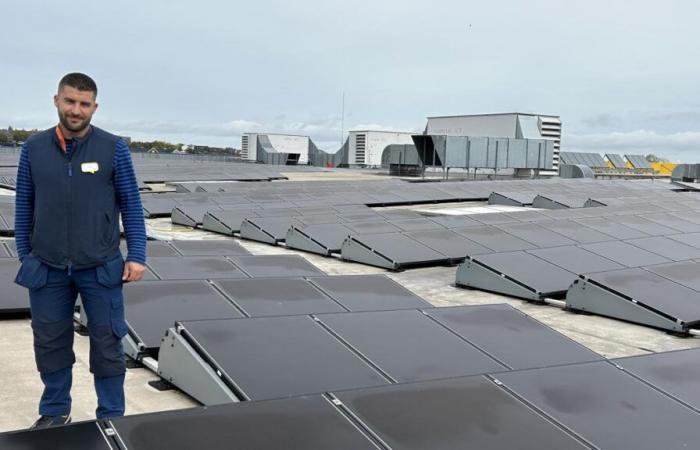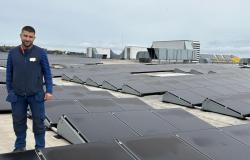We go there to buy “just a shelf”, we come out with so many items that we sometimes struggle to close the trunk of the car: Ikea of course. When you visit a store, have you ever wondered how it is lit and heated, and where the water comes from? We admit, we don't either and that's why we asked the question to Johann Borca, financial and sustainable development manager of the store which opened its doors on August 25, 2010, as well as to Razik Benmouhoub, in charge facilities.
Ikea welcomed its first customers in Reims-Thillois on August 25, 2010. Since then, 1.4 million people have passed through its doors each year, guided in their purchases by 185 employees.
Of the brand's 400 stores around the world, the one in Reims is in second place in the ranking of those that consume the least electricity.
“To limit electricity consumption, the entire building is equipped with LEDs, also with a presence detector and a system that allows the lighting to be adapted to the outside brightness. All this to consume as little as possible,” says Yohann Borca.
And in this little game, it is doing well: out of 400 stores of the Swedish brand in the world, the one in Reims is in second place in terms of consumption reported per m2. A real pride also for Razik Benmouhoub who has his little trick. “A third of this electricity is produced thanks to just over 4,000 photovoltaic panels installed on the roof. They cover 7200m2an area equivalent to six Olympic swimming pools. This electricity is injected directly into our network and we sometimes resell it in the event of a surplus. »
Each customer consumes 3.9 liters of water per year
35 thermal solar panels make it possible to heat the water used in particular in the kitchen. This, due to regulations, is provided by a service provider but for the toilets, it also happens on the roof.. “Over a year, we need 4400m3 of water, 50% of which, the equivalent of an Olympic swimming pool, is used for flushing toilets. This is as much as we do not buy thanks to a rainwater recovery tank a capacity of 150m3 », indicates the facilities manager who tracks the slightest leak or any other waste using hyper-sophisticated software. “It allows us to optimize the building’s consumption in real time. »
To heat the 28,000m2 of the store – the entire site has an area of 80,000m2 – two systems coexist. First there are two wood boilers, powered by wood chips from forests located within a 90 km radius, representing a consumption of 156 tonnes last year. “We only turn them on when temperatures are below two or three degrees. Beyond that, heat pumps take over because wood boilers would consume too much, it would not be economically interesting”underlines Razik Benmouhoub. In winter, the building is heated to 18° while in summer, the temperature is maintained at 25° thanks to a cooling unit.
The next time you go to buy “just a shelf”, you won’t see the store the same way!







